Local firm bids low for Kuwait grid contract
22 May 2025
Local contracting firm Power Grid Company has submitted a low bid of KD48.67m ($158.6m) for a contract to supply and install a 400-kilovolt (kV) overhead transmission line (OHTL) in Kuwait.
The project will link a substation in Shagaya to a substation in Subiya.
The two other bidders for the contract are the Kuwaiti branch of India-headquartered Larsen & Toubro, which offered KD65.9m, and Al-Khobar-based National Contracting Company, which offered KD57.7m.
Kuwait’s Ministry of Electricity & Renewable Energy (MEWRE) tendered the contract in October last year.
The planned OHTL network will link the solar energy transformer station at Shagaya to the Subiya power station, also known as SWPS-2.
Kuwait plans to expand its renewable energy capacity through a multi-phased solar programme in Shagaya.
MEWRE, through the Kuwait Authority for Partnership Projects (Kapp), prequalified six consortiums and companies to bid for the contract to develop the Al-Dibdibah power and Al-Shagaya renewable energy phase three, zone one project in August last year.
The tender for the 1,100MW solar independent power project has yet to be issued.
MEWRE, through Kapp, recently invited interested firms to prequalify for a contract to develop zone two of the renewable energy complex's third phase.
The zone two solar photovoltaic project will have a net capacity of 500MW. Utility developers are expected to submit their statements of qualifications by 24 July.
Exclusive from Meed
-
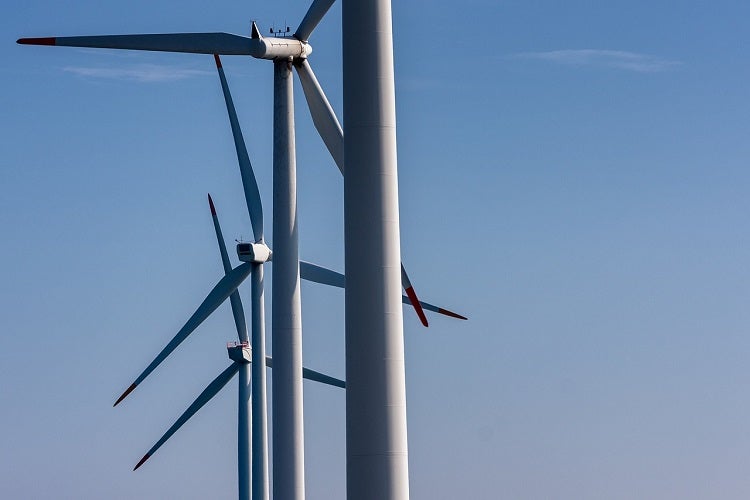 SPPC moves Dawadmi wind bid deadline
SPPC moves Dawadmi wind bid deadline22 May 2025
-
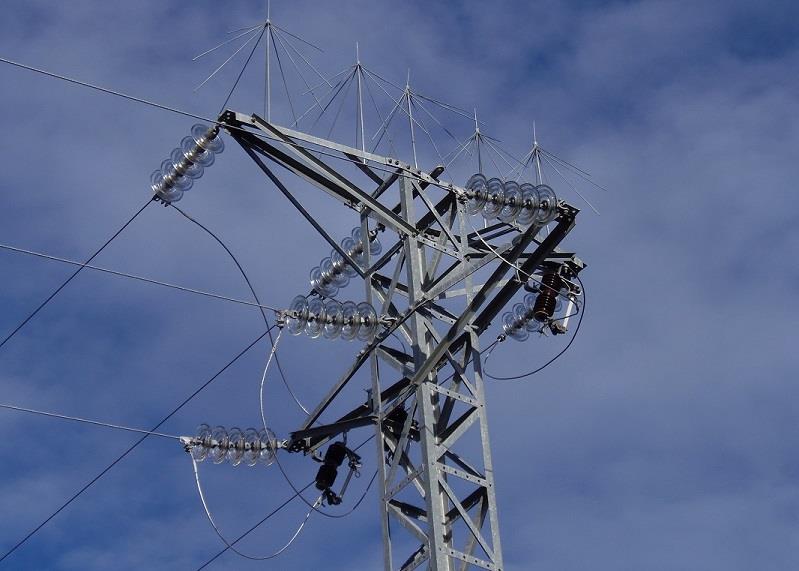 Local firm bids low for Kuwait grid contract
Local firm bids low for Kuwait grid contract22 May 2025
-
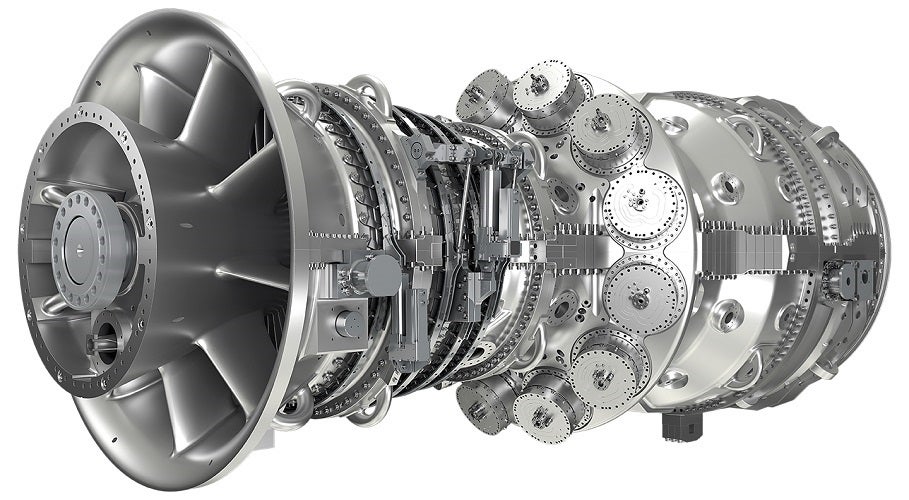 GE Vernova confirms $14.2bn Saudi initiatives
GE Vernova confirms $14.2bn Saudi initiatives22 May 2025
-
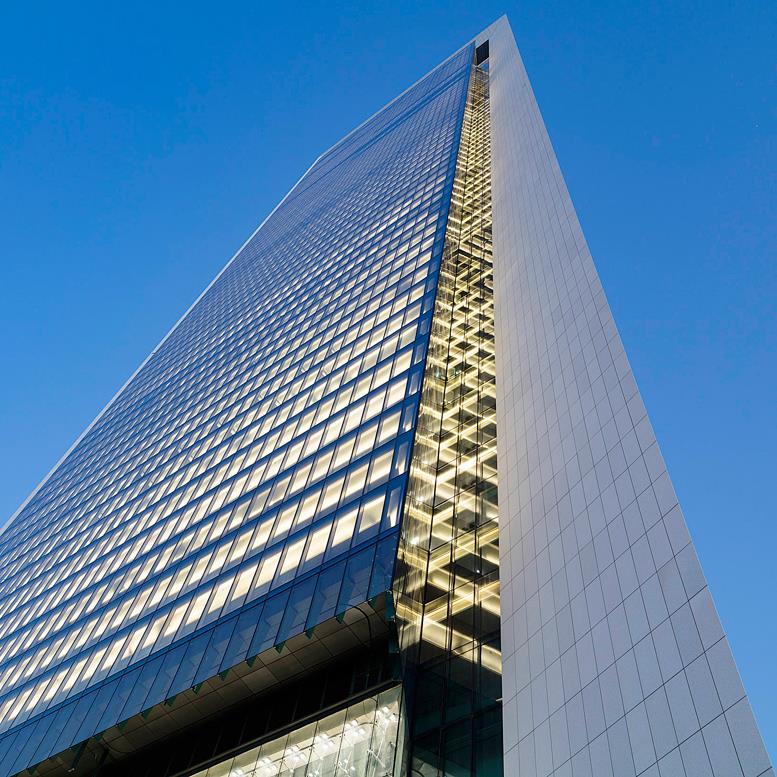
-
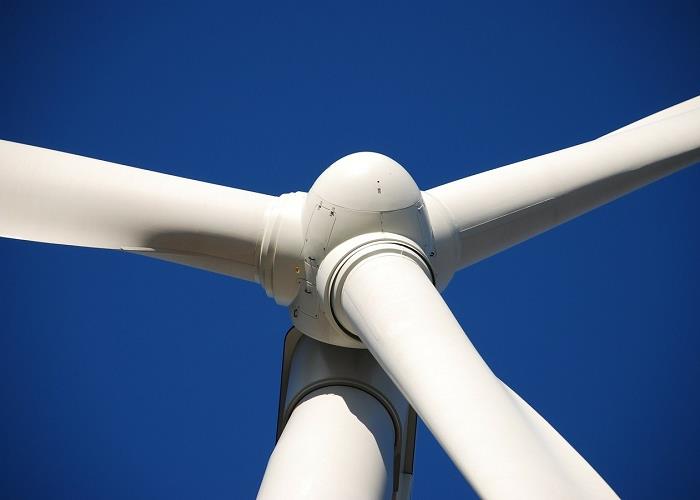 PIF and Acwa Power to develop 3GW wind projects
PIF and Acwa Power to develop 3GW wind projects21 May 2025
All of this is only 1% of what MEED.com has to offer
Subscribe now and unlock all the 153,671 articles on MEED.com
- All the latest news, data, and market intelligence across MENA at your fingerprints
- First-hand updates and inside information on projects, clients and competitors that matter to you
- 20 years' archive of information, data, and news for you to access at your convenience
- Strategize to succeed and minimise risks with timely analysis of current and future market trends

Related Articles
-
 SPPC moves Dawadmi wind bid deadline
SPPC moves Dawadmi wind bid deadline22 May 2025
Saudi Arabia’s principal buyer, Saudi Power Procurement Company (SPPC), has extended the bid deadline for the contract to develop a wind independent power project (IPP) under the sixth round of Saudi Arabia’s National Renewable Energy Programme (NREP).
MEED reported in March that the prequalified developers had formed consortiums and are preparing their proposals for the contract, the fifth wind IPP to be tendered under the NREP.
SPPC initially expected to receive bids by 15 May, but the deadline has since been extended to 23 June, according to industry sources.
The new deadline, however, is likely to be extended again, one of the sources tells MEED.
The teams that have been formed and will likely bid for the contract include teams separately led by the UAE's Masdar and France's Engie and EDF Renewables, sources said.
MEED understands that Beijing-based PowerChina and one of its subsidiaries are part of separate bidding consortiums.
Located in Riyadh, the Dawadmi wind IPP will have a capacity of 1,500MW. It is the only wind and the fifth package under the NREP round six.
Four solar photovoltaic schemes, with a total combined capacity of 3,000MW, comprise the rest of the round-six projects.
In addition to the firms cited above, SPPC prequalified the following companies that can bid as managing and technical members of consortiums bidding for the contract. These are:
- Marubeni Corporation (Japan)
- Sembcorp Utilities (Singapore)
- Sumitomo Corporation (Japan)
- Total Energies Renewables (France)
- Goldwind Science & Technology (China)
- Alfanar Company
- SPIC Huanghe Hydropower Development
The following eight companies were prequalified to bid as managing members:
- Al-Jomaih Energy & Water (local)
- Jinko Power (Hong Kong)
- Saudi Electricity Company (local)
- China Power Engineering Consulting Group International Engineering Company (China)
- Posco International Corporation (South Korea)
- Korea Electric Power Corporation (Kepco, South Korea)
- Nareva Holding (Morocco)
- Jera (Japan)
Another firm, the local Nesma Renewable Company, has been prequalified as a technical member.
In addition to the Dawadmi wind IPP, the following schemes comprise round six of the NREP:
- 1,400MW Najran solar photovoltaic (PV) IPP (Najran)
- 600MW Samtah solar PV IPP (Jizan)
- 600MW Al-Darb solar PV IPP (Jizan)
- 400MW Al-Sufun solar PV IPP (Hail)
These schemes take the total capacity of publicly tendered solar and wind projects by SPPC to close to 15,000MW.
SPPC is responsible for the pre-development, tendering and subsequent offtaking of the energy from the projects.
US/India-based Synergy Consulting is providing financial advisory services to SPPC for the NREP sixth-round tender. Germany’s Fichtner Consulting and US-headquartered CMS are providing technical and legal consultancy services, respectively.
The previous wind farms that SPPC has tendered include the 400MW Dumat Al-Jandal wind IPP, which is operational.
Last year, SPPC signed the power-purchase agreements with Japan’s Marubeni Corporation for the contracts to develop and operate the 600MW Al-Ghat and 500MW Waad Al-Shamal wind IPPs. The projects reached financial close in November.
The third wind IPP, a 750MW scheme in Yanbu, is undergoing review.
https://image.digitalinsightresearch.in/uploads/NewsArticle/13931337/main.jpg -
 GE Vernova confirms $14.2bn Saudi initiatives
GE Vernova confirms $14.2bn Saudi initiatives22 May 2025
US-based energy equipment manufacturer GE Vernova announced initiatives worth up to $14.2bn in Saudi Arabia, which coincided with US President Donald Trump’s state visit to the kingdom last week.
The initiatives aim to “accelerate Saudi Arabia’s energy transition with US technology and expertise”, the firm said.
The announcements include up to $2bn in backlog or on a reservation agreement as of the first quarter of 2025, with future contracts and memorandums of understanding (MoUs) for agreements spanning across the next four years.
Among the collaborations and initiatives is a deal between Saudi Electricity Company (SEC) and GE Vernova for the supply of US-made gas turbines, synchronous condensers and balance of plant equipment.
The equipment deal will support grid stability by providing voltage regulation, reactive power and system strength, supplying inertia to maintain reliable operations as more variable renewable energy is integrated into the system. The deal with SEC also includes capital parts, maintenance and repair services.
Saudi Arabia's principal buyer, Saudi Power Procurement Company, and GE Vernova are understood to have entered into several MoUs for the supply of advanced power generation equipment and services for future projects; the commercialisation of carbon capture technologies; and training and investments in power sector research and development activities, manufacturing and repairs.
Saudi utility developer Acwa Power and GE Vernova also signed framework agreements to collaborate on identifying and exploring potential opportunities to supply high-efficiency gas turbines and electrification equipment for future projects in Saudi Arabia.
State-backed Saudi Aramco and GE Vernova also announced collaborations to provide maintenance services, repairs and spare parts to support the operations of several power plants in the kingdom.
Scott Strazik, chief executive of GE Vernova, said that deploying “world-class technology” will help deepen the relationship between the US and Saudi Arabia, advance energy security and strengthen both nations' economic prosperity and competitiveness.
GE Vernova, or GE, is understood to have been operating in Saudi Arabia for 90 years, with a power generation installed capacity of about 50GW in the kingdom running on its gas turbines.
https://image.digitalinsightresearch.in/uploads/NewsArticle/13931061/main2152.jpg -
 Adnoc takes a leap forward in becoming a chemicals giant
Adnoc takes a leap forward in becoming a chemicals giant21 May 2025
 Commentary
Commentary
Indrajit Sen
Oil & gas editorAbu Dhabi National Oil Company (Adnoc) has made a significant stride forward in its quest to build a burgeoning chemicals business following the European Union’s (EU) approval for the full acquisition of German chemicals producer Covestro.
Adnoc International, the overseas business arm of Adnoc Group, signed an investment agreement with Covestro on 1 October, in which it made a takeover offer of €14.7bn ($16.3bn).
On 13 May, the European Commission, the executive wing of the EU, gave unconditional antitrust approval for the acquisition, saying that the transaction does not raise competition concerns. It added that the companies mainly operate at different levels of the chemical and petrochemical supply chain and would not be able to restrict rivals’ access to inputs or customers.
Having secured the green light for the Covestro takeover, Adnoc will now look to complete the transaction swiftly. In parallel, the Abu Dhabi energy giant is also likely to move quickly to conclude its deal with Austria’s OMV for a proposed combination of their shareholdings in Abu Dhabi’s Borouge and Austria-based chemicals producer Borealis.
Adnoc and OMV agreed in March to the terms of a binding framework agreement for the merger of Borouge and Borealis. That, together with the contribution of the upcoming Borouge 4 petrochemicals project in Abu Dhabi, will create a major polyolefins producer valued at over $60bn that will be the world’s fourth-largest by nameplate production capacity.
Separately, Adnoc also entered into a share purchase agreement in March with Canada-based Nova Chemicals Holdings, an indirectly wholly-owned company of Abu Dhabi’s sovereign wealth institution Mubadala Investment Company, for 100% of Nova Chemicals Corporation (Nova).
With the takeover of Covestro likely to conclude in the next few months and the Borouge-Borealis merger, along with the acquisition of Nova, expected to be completed in the first quarter of 2026, Adnoc is set to morph into a behemoth in the global chemicals industry in less than a year.
https://image.digitalinsightresearch.in/uploads/NewsArticle/13923953/main3831.jpg -
 PIF and Acwa Power to develop 3GW wind projects
PIF and Acwa Power to develop 3GW wind projects21 May 2025

Register for MEED’s 14-day trial access
Saudi Arabia's sovereign wealth vehicle the Public Investment Fund (PIF) and Saudi utility developer Acwa Power are preparing to sign the agreements for contracts to develop 3GW of wind farm projects in Saudi Arabia as part of the 2025 round of the kingdom's National Renewable Energy Programme (NREP).
According to industry sources, this round comprises wind farm projects in two locations. The first wind farm will have a capacity of 2,000MW while the second will have a capacity of 1,000MW.
These projects are being procured through direct negotiations between the PIF and Acwa Power, under the Price Discovery Scheme.
Under this programme, the selected national champion, Acwa Power, is expected to match the tariffs resulting from the latest round of the publicly tendered schemes, the procurement process for which is managed by the principal buyer, Saudi Power Procurement Company (SPPC).
These projects will correspond to the cluster of round-six NREP projects that are being publicly tendered by SPPC.
SPPC's round-six schemes comprise four solar photovoltaic (PV) independent power projects (IPPs) and one wind IPP.
The bids for these schemes are expected in June, which implies that the PIF and Acwa Power are likely to announce the signing of the two wind farm agreements in Q3 or Q4, once the project's financing package has been agreed with banks.
This round will precede the cluster of solar projects, with an estimated capacity of 13GW, which will likely be procured in 2026, roughly corresponding to round seven of the publicly tendered NREP projects being procured by SPPC.
Previous PIF round
Acwa Power and its partners reached financial close for three large-scale solar PV power plants with a total combined capacity of 5,500MW in September last year, three months after the contracts were signed.
The solar PV projects and their capacities are:
- Haden solar PV: 2,000MW
- Muwayh: 2,000MW
- Al-Khushaybi: 1,500MW
The respective project companies that have been formed for the three schemes are Buraiq Renewable Energy Company, Moya Renewable Energy Company and Nabah Renewable Energy Company.
Acwa Power’s shareholding in each of the three projects is 35.1%. The PIF-backed Water & Electricity Holding Company (Badeel) owns 34.9% and Saudi Aramco Power Company (Sapco), a subsidiary of state majority-owned oil giant Saudi Aramco, owns the remaining shares.
The three solar PV facilities have a combined value of SR12.3bn ($3.3bn) and are expected to become operational in the first half of 2027.
The project companies signed financing documents amounting to SR9.7bn ($2.6bn). The financing duration is 27.3 years.
PIF solar PV projects
The three, 5.5GW NREP round-four projects have taken the total capacity of solar PV projects being developed by Acwa Power and its partners under the PIF Price Discovery Scheme to about 19.1GW, involving an investment of over $12.3bn.
The other projects include the 1.5GW Sudair solar PV, which is operational; and the 2.06GW Shuaibah 2, Al-Rass 2, Al-Kahfah and Saad 2, which are under construction.
https://image.digitalinsightresearch.in/uploads/NewsArticle/13923410/main1833.jpg -
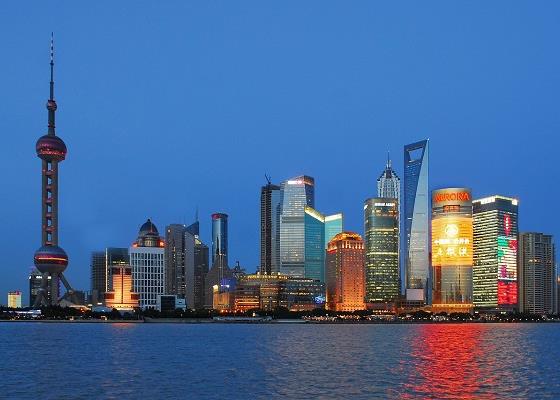 Emerging Gulf-Asia corridor grows despite headwinds
Emerging Gulf-Asia corridor grows despite headwinds21 May 2025

During his state visit to Saudi Arabia, Qatar and the UAE on 13-16 May, US President Donald Trump announced mulitibillion-dollar deals to advance shared interests in both traditional industries and emerging technologies.
Saudi Arabia committed $600bn and Qatar pledged $400bn. The UAE, meanwhile, confirmed an investment of $200bn, the initial installment of a commitment to invest up to $1.4tn in the US over the next 10 years.
Most of these investments will be in defence, energy, technology and artificial intelligence (AI) – sectors in which US companies have traditionally led or tended to dominate, and which are expected to see significant future expansion, benefiting the energy and economic diversification agendas of the Gulf states.
“We’ve launched the golden age of America,” Trump said. “The golden age of the Middle East can proceed right alongside of us.”
Asia ties
These investments and trade commitments between the Gulf states and the US carry significant economic and geopolitical undertones. They are expected to generate new revenue streams, boost the global trade status of the GCC countries, and help to diversify their economies away from hydrocarbons.
However, the Gulf-US investments do not necessarily deprioritise the strategies of the GCC states in recent years to pivot investments towards Asia – in particular to China, India and several Southeast Asian nations.
In May 2024, UAE President Mohamed Bin Zayed Al-Nahyan visited China, cementing UAE-China cooperation in several areas. Independent think tank Asia House described the visit as one of the most significant bilateral political exchanges of the year.
Asia’s economic trajectory represents a pivotal opportunity to advance Mubadala’s sustainable growth and innovation mission, while building its presence in the region as part of a broader geographic diversification strategy.
There have also been several bidirectional investments, led by the Gulf and Asia’s sovereign wealth funds – a trend that is likely to increase over the coming years.
In October, Saudi sovereign wealth vehicle the Public Investment Fund and the Hong Kong Monetary Authority signed a memorandum of understanding (MoU) to work on jointly anchoring a new investment fund with a target size of $1bn.
The fund will explore investments in manufacturing, renewables, financial technology (fintech) and healthcare, supporting the localisation in Saudi Arabia of companies connected to Hong Kong and the Greater Bay area, the latter comprising nine Chinese cities with populations of about 86 million.
In January this year, Mohammed Albadr, head of Asia for private equity at Abu Dhabi's Mubadala Investment Company, informed the UBS Greater China Conference in Shanghai of his firm’s commitment to “doubling down on investments in Asia by 2030”.
He said that Asia’s economic trajectory represents an opportunity to advance Mubadala’s sustainable growth and innovation mission, while building its presence in the region as part of a broader geographic diversification strategy.
Ramping-up activity
For those in the region with connections to Asian markets, there has been a significant uptick in activity “in both directions, throughout the Middle East-Asia corridor”, according to Tony Nicholson, a senior associate with international law firm Dentons.
He says that this buoyancy is “leading to a smorgasbord of opportunity, not only for incumbents, but also for new market participants to explore across a diverse range of countries, economies and sectors within the corridor”.
Policy shifts and investment aimed at scaling up renewable energy and low-carbon hydrogen ecosystems within the Middle East-Asia corridor continue to gain momentum, he notes, adding: “Socioeconomic dynamics are also catalysing growth in investment opportunities in transportation, logistics, digital and social infrastructure. We are seeing a lot of focus in these areas.”
Inbound investment
Chinese investments in renewable energy projects in the Gulf began nearly a decade ago. Saudi utility developer and investor Acwa Power signed an MoU with China’s state-owned Silk Road Fund in 2016 to partner on several large projects in the Middle East and North Africa power market.
The same year, the Silk Road Fund took a 7.35% equity in Dubai’s $3.4bn Hassyan independent power project (IPP), which was initially planned to use coal but was converted to natural gas. In 2018, the fund then took a 24% equity share in Noor Energy 1, the project company that won the contract to develop and operate the $3.8bn hybrid solar photovoltaic (PV) and concentrated solar power IPP, also in Dubai.
Three years later, the Silk Road Fund agreed to acquire a 49% stake in Acwa Power RenewCo, which owns existing renewable energy projects in the UAE and other countries in the Middle East and Africa.
Outbound investments
Since then, both Acwa Power and UAE-based Abu Dhabi Future Energy Company (Masdar) have invested or explored investments in renewable energy projects in China, and in emerging Southeast Asian markets such as Indonesia, Vietnam and the Philippines.
In March 2025, Acwa Power said that it aims to invest up to $30bn in China, in line with its plans to triple overall assets under management to about $250bn globally.
Masdar established the 145MW Cirata floating PV power plant in Indonesia in 2023, which is planned to be expanded to 500MW. It is also exploring the development of other floating solar projects in the country, and has made a strategic investment in Pertamina Geothermal Energy.
Also in 2023, Masdar signed an agreement with the Malaysian Investment Development Authority to develop up to 10GW of renewable energy projects in the Southeast Asian country.
This year, it has signed an agreement to develop up to 1GW of clean energy projects in the Philippines by 2030, including solar, wind and battery storage schemes.
“Our partnerships with industry leaders across the region’s energy sector not only deliver clean power, but also create local jobs and support national economic growth,” Abdulaziz Alobaidli, Masdar's chief operating officer, tells MEED. “Our investments in the region are set to grow, supporting the transformation of the energy system and driving progress against the governments’ renewable energy goals.”
Other sectors
In addition to renewable energy projects, inbound Middle East investments include the real estate, mining, fintech and AI sectors. The broadening and deepening of activity by Asian banks, financial institutions, private credit and funds is also a key theme, says Dentons' Nicholson.
In November 2024, for instance, Singapore's First APAC Fund VCC signed an MoU to invest up to AED5bn ($1.3bn) in Dubai-based AMIS Development, which will use the investment to “further expand its growth, both locally and internationally by growing its land bank, project pipeline, global brand partnerships, project team and investments in technology”.
Earlier in May, Abu Dhabi-based agri-food and technology company Silal and Shouguang Vegetable Industry Group (SVG), a Chinese company specialising in vegetable seed breeding and counter-seasonal production, signed a strategic partnership agreement enabling SVG to invest over AED120m in the development of a 100,000 square-metre agricultural technology joint venture in Al-Ain.
Asia-based banks are also providing support or lending to local banks, or to local branches of international banks, to boost the liquidity of the lenders amid the GCC's real estate and construction boom – particularly in Saudi Arabia.
While it is not unusual for banks to lend to one another, the scale of the project financing needed is significant, according to a senior financial adviser specialising in Saudi projects. Indeed, it is "so staggering that it is impossible to assume that local banks will not have to face liquidity issues going forward", he says.
He adds that some in the kingdom are looking at bringing back export credit agency financing to help de-risk major infrastructure projects and assets, noting that liquidity injection by international banks, including those headquartered in Asia, will help support the delivery of Saudi Arabia's Vision 2030 projects.
Trade trends
According to Asia House, the economic diversification programmes of Gulf countries are driving non-oil growth, creating opportunities for Asian firms in the areas of construction, infrastructure, technology, sustainability and financial services.
"The Gulf states’ economic and social reforms continue at pace, attracting Asian investment, firms and talent," the think tank says.
"New air routes between the Gulf and Asia will boost tourism and business connectivity," it continues. "For these reasons, Gulf-emerging Asia trade will keep growing and is on track to reach $682bn by 2030 if it continues at the 7.1% average annual growth rate seen between 2010 and 2023."
A 2023 dip in trade affected key Gulf-Asia bilateral partnerships. Saudi-China trade fell 7.6%, while UAE-China trade fell by 15.5% in 2022-23. Nonetheless, both countries’ relationships with China have deepened and grown more strategic.
In 2023, Saudi Arabia and the UAE were invited to join the Brics group of emerging economies, which originally comprised Brazil, Russia, India, China and South Africa, bringing them closer to Chinese decision-making at a global level.
Shared prosperity
The recent deals that Trump signed in Riyadh, Doha and Abu Dhabi have complicated predictions about when Gulf-Asia investments coud equal or surpass those with the US or broader West.
However, by spreading their investments across key geographies and sectors in recent years, the Gulf states have been able to secure steady returns, sustain growth and make progress on their sustainability goals.
Asian nations and sovereign funds are now adopting a similar approach – albeit on a varying scale – to pursue the same objectives.
https://image.digitalinsightresearch.in/uploads/NewsArticle/13911866/main2341.jpg

